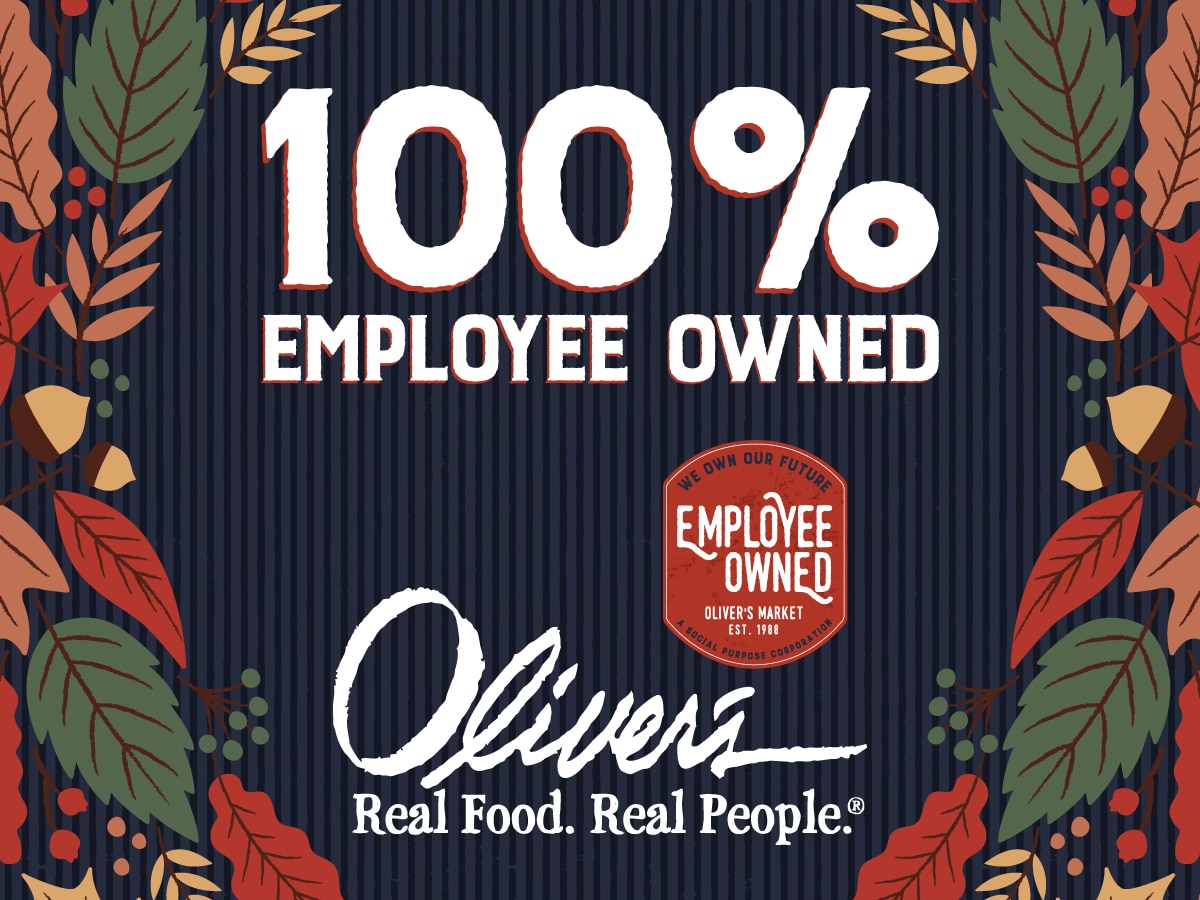Background
One of the concerns that arises in the case of a company that is 100% owned by its ESOP (or where an ESOP owns less than 100% of the outstanding stock, all of the stock held by the ESOP is allocated, and the ESOP will not be acquiring any additional stock) is that once all of the outstanding shares have been allocated to the participants, there will be no stock left to allocate to new participants, except for (a) small amounts of annual forfeitures from former participants who were not fully vested and (b) vested shares that are repurchased from former participants and reallocated to current participants. Assuming that the company continues to make cash contributions to the plan after all shares of company stock have been allocated, new hires will receive pro rata allocations of cash contributions, but will not receive any allocations of company stock.
Possible Solutions
Possible solutions to this problem include the following:
In-Service Distributions. One solution to this problem is to amend the plan to authorize in-service distributions. The net effect of in-service distribution is to shift shares of company stock from the accounts of long tenured participants (who have a disproportionate amount of company stock credited to their accounts) to the accounts of newer participants whose accounts are almost entirely invested in other investments. See the Memo regarding In-Service Distributions of even date herewith for a fuller explanation of In-Service Distributions.
Segregated Investments Accounts. Another solution to this problem is to amend the plan to provide that when a participant terminates employment with the company, his or her accounts will be “cashed out” within the plan and invested in a Segregated Investments Account within the plan until fully distributed. As in the case of in-service distributions, the net effect of Segregated Investments Accounts is to shift shares of company stock from the accounts of terminated participants to the accounts of newer participants whose accounts are more heavily invested in other investments. See the Memo regarding Segregated Investments Accounts of even date herewith for a fuller explanation of Segregated Investments Accounts.
Increase the Size of Lump Sum Distributions. Most ESOPs provide that distributions will be made in a lump sum amount if the distribution is less than $5,000 and that amounts in excess of this will be distributed in five annual installments after there has been a five year break in service. One way to free up more shares for new participants is to amend the plan to increase the size of lump sum distributions to a much larger amount (perhaps $25,000 or $50,000). Another way to free up more shares is to amend the plan to provide that the entire distribution will be distributed in a lump sum amount or that amounts in excess of the lump sum amount will be distributed in five annual installments commencing in the year following termination of employment rather than after a five year break in service.
Liberalize Diversification Distributions. ESOPs are required to offer participants the option to diversify up to 25% their Company Stock Account balances once they have attained age 55 and have completed 10 or more years of service. Eligible participants are then allowed to diversify an additional 25% once they have attained age 60 and have completed 10 or more years of service. Thus, another way to free up more shares for new participants is to amend the plan to liberalize eligibility for diversification distributions by making this option available at an earlier age or by increasing the percentage of the Company Stock Account balances that can be diversified at any given age.
Use ESOP to Finance Mergers and Acquisitions. An ESOP can be used to finance the acquisition of a target company. This can be accomplished in a two-step transaction. In the first step, the company engages in a tax-free merger with the target company. As the result, the company will issue newly-issued shares of stock in exchange for all of the outstanding shares of the target company. In the second step, the company’s ESOP borrows money and repurchases all of the newly-issued shares of company’s stock that were issued to the shareholders of the target company in exchange for their shares of the target company. As the company makes tax-deductible contributions to pay back the ESOP loan, these shares will then be allocated to all of the current participants in the plan. As a result, newer participants will receive allocations of shares of company stock they would not otherwise have received. In most cases the employees of the target company will also be included in the plan. See the Memo regarding Use of ESOP to Finance Mergers and Acquisitions of even date herewith for a fuller explanation of this technique.
Use ESOP to Finance the Acquisition of Additional Plant and Equipment. An ESOP can also be used to finance the acquisition of additional plant and equipment or otherwise finance company growth and expansion. Under this approach the ESOP would borrow funds from a bank or other lender and would use these funds to purchase a block of newly-issued stock from the company. The company would then use these funds to build additional plant capacity, buy additional equipment, or otherwise finance company growth and expansion. As the company makes tax-deductible contributions to pay back the ESOP loan, these shares will then be allocated to all of the current participants in the plan. As a result, newer participants will receive allocations of shares of company stock they would not otherwise have received.
Reshuffling of ESOP Account Balances. Some ESOP practitioners have advocated using a technique called “reshuffling” as a tool to shift shares of company stock from the accounts of longer-tenured participants to the accounts of newer participants. Under this approach, after all allocations have been completed at the end of each plan year, the plan administrator then “reshuffles” each participant’s account balances such that each participant has the same percentage of his or her account invested in company stock and in other investments as all the other participants. In general, Menke & Associates, Inc. does not recommend using this technique in a mature ESOP since it may result in capping or diminishing the stock appreciation potential that the longer-tenured participants had anticipated.
Contributions of Newly-Issued Stock. Annual company contributions are always allocated in proportion to covered compensation. Hence, another alternative for a company that is substantially owned by its ESOP is to simply make future contributions in the form of shares of newly-issued shares of company stock. These shares will then be allocated in proportion to covered compensation such that newer employees as well as long-term employees will share in proportion to their relative compensation. There are two caveats, however, that should be noted. First, if the ESOP already owns 100% of the outstanding stock, then the company cannot claim a tax deduction for additional contributions of company stock. Second, the company must be careful not to make contributions that are larger than they have made in the past. For example, if a company has typically made cash contributions averaging 15% of payroll, contributions of company stock should not exceed 15% of payroll. Otherwise, the company may be accused of excessively diluting the stock accounts of longer-term employees.
Amend the ESOP to Put a Limit on Contributions and Allocations to Existing Participants. An ESOP could be amended to provide that only some percentage of the annual contribution (60%, for example) will be allocated to employees who entered the plan prior of January 1, 2010, and that the remaining portion of the annual contribution (40%, for example) will be allocated to employees who enter the plan after December 31, 2009. Here again, however, there are two caveats that should be noted. First, if a company adopts this type of allocation formula, it will need to run a discrimination test each year to make sure that the plan does not discriminate in favor of highly-compensated employees. Second, before adopting an allocation formula of this type, the company will need to run some allocation models to determine if allocating the specified percentage of the annual contribution (40%, for example) to new employees will result in having some or all of the new employees exceed the annual additions limit ($49,000 for calendar year 2010). In addition, the company should consider the fact that amending the plan in this fashion may have an adverse human relations impact on existing participants.
Amend the ESOP to Put a Limit on the Covered Compensation of Existing Participants. An ESOP could be amended to provide that once a participant has completed a certain number of years of service (10 years, for example), only some percentage of their total compensation (40%, for example) will be counted as covered compensation. This will result in a higher percentage of the contributions being allocated to newer participants. As in the case of the option described in paragraph 7 above, if a company adopts this type of allocation formula, it will need to run a discrimination test each year, it will need to determine if this formula will result in some or all of the newer participants exceeding the annual additions limit, and the company should consider the fact that adopting a formula of this sort may have an adverse human relations impact on existing participants.






